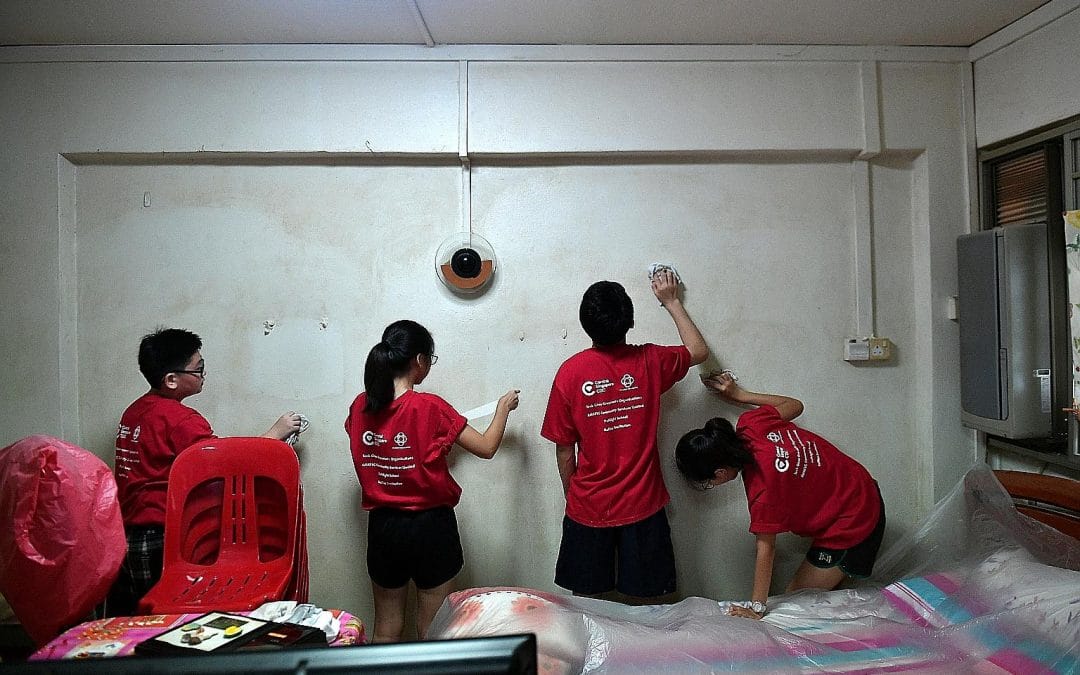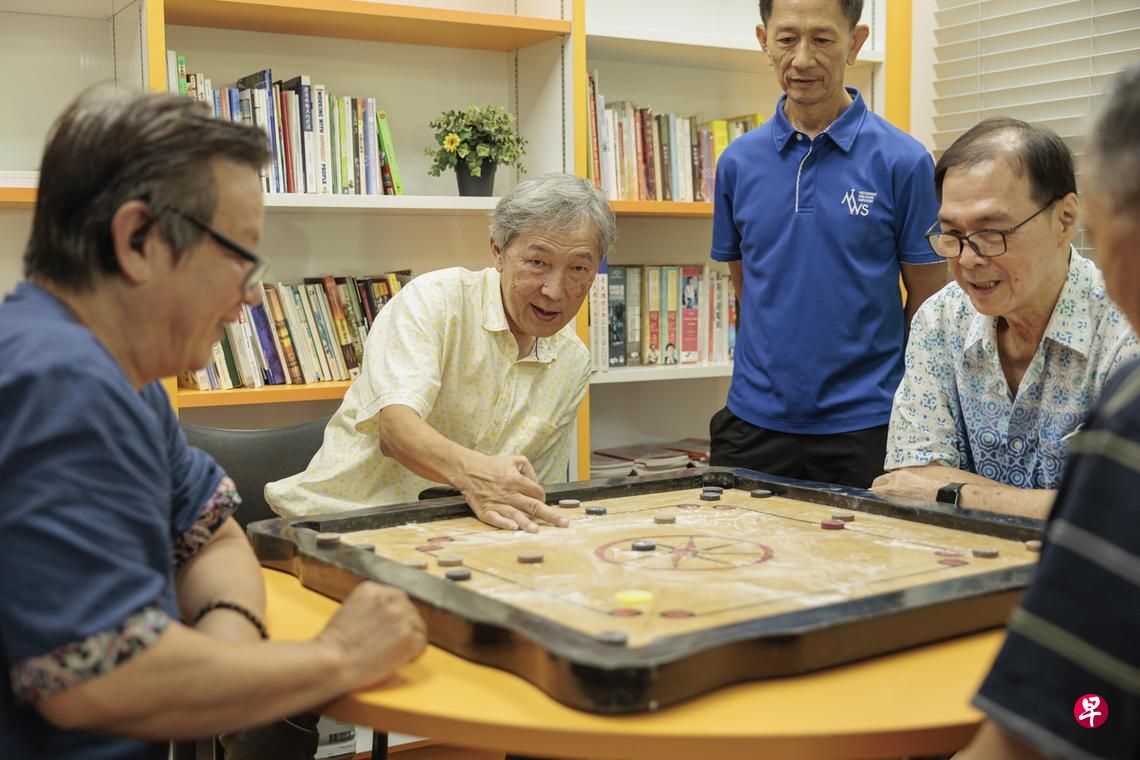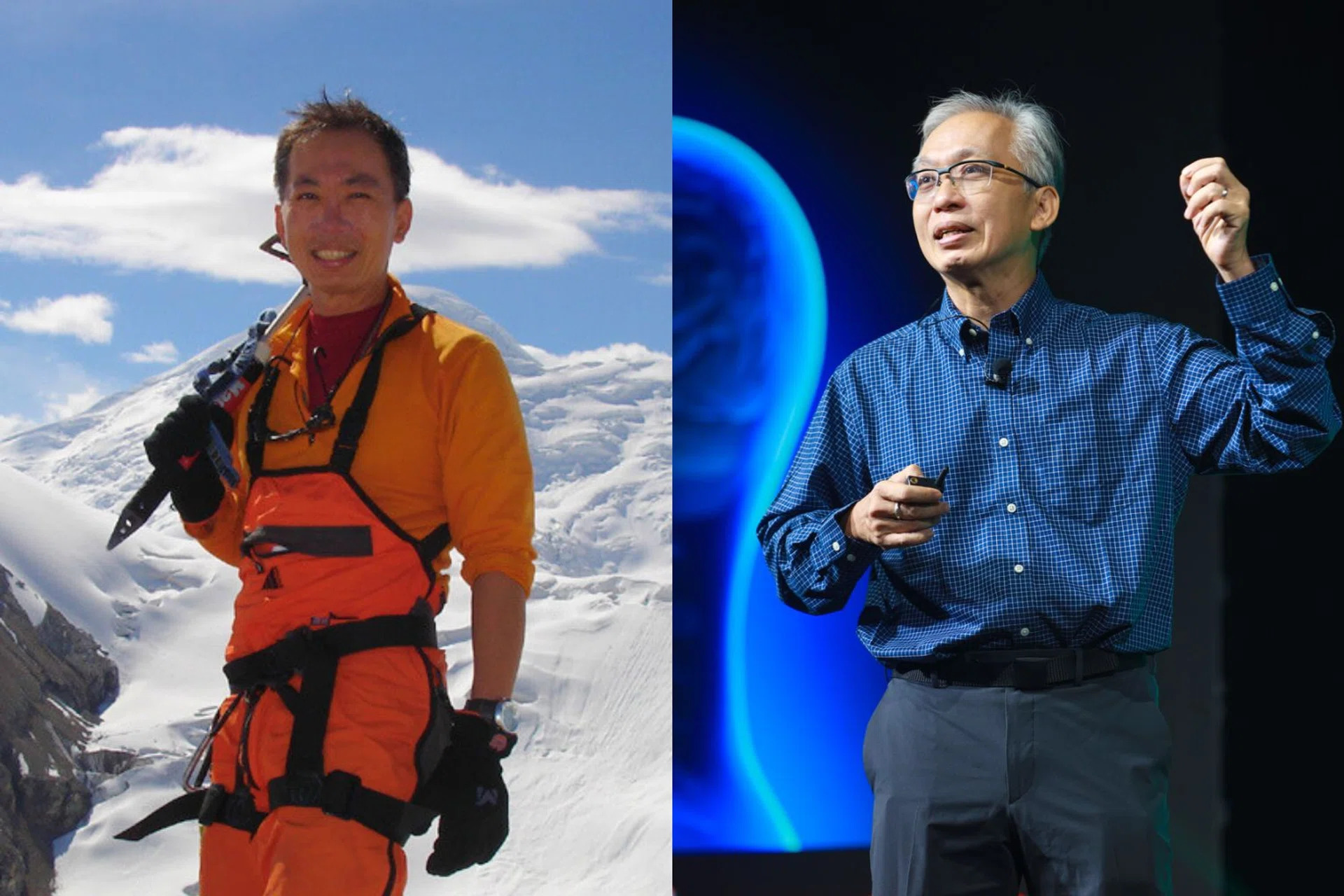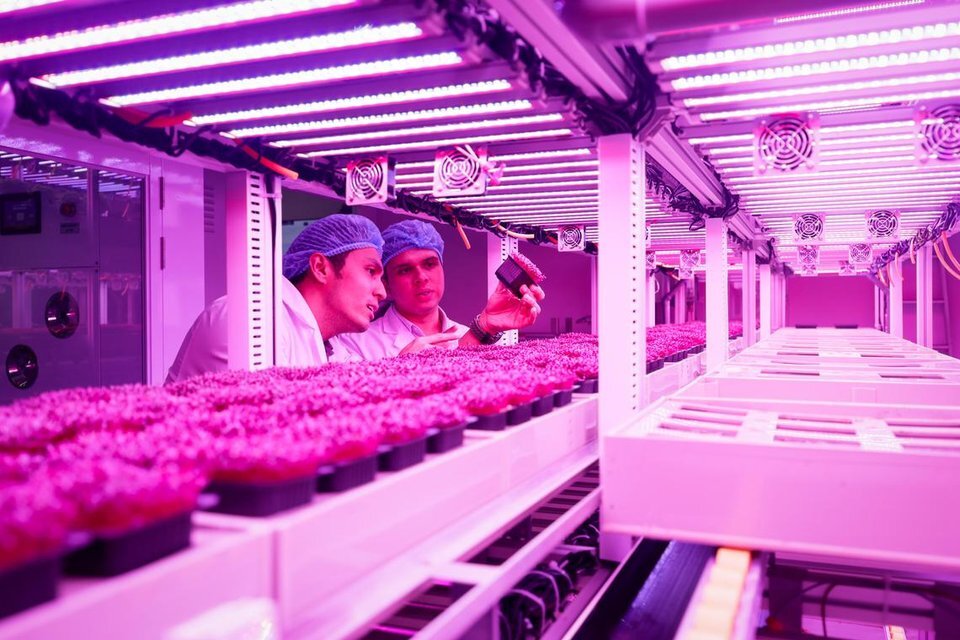The Straits Times: The ST Guide To… giving to charity


For those with fatter wallets and who hope to create a greater impact with their gift, they can even consider setting up a charitable fund to give to causes close to their hearts.
For example, the Community Foundation of Singapore (CFS), a non-profit group, helps donors find a more structured and sustainable way of giving by providing advice and managing their charitable fund.
To set up a named charitable fund in the CFS, where the donor decides on the fund’s name and the causes to give to, donors must pledge at least $200,000.
For those with slimmer bank accounts, there is no minimum sum to give if they want to donate directly to the Community Impact Funds that have been set up by the CFS to support lesser known causes, such as helping migrant workers in distress and taking home-bound seniors on outings. Read more.
For those with fatter wallets and who hope to create a greater impact with their gift, they can even consider setting up a charitable fund to give to causes close to their hearts.
For example, the Community Foundation of Singapore (CFS), a non-profit group, helps donors find a more structured and sustainable way of giving by providing advice and managing their charitable fund.
To set up a named charitable fund in the CFS, where the donor decides on the fund’s name and the causes to give to, donors must pledge at least $200,000.
For those with slimmer bank accounts, there is no minimum sum to give if they want to donate directly to the Community Impact Funds that have been set up by the CFS to support lesser known causes, such as helping migrant workers in distress and taking home-bound seniors on outings. Read more.



